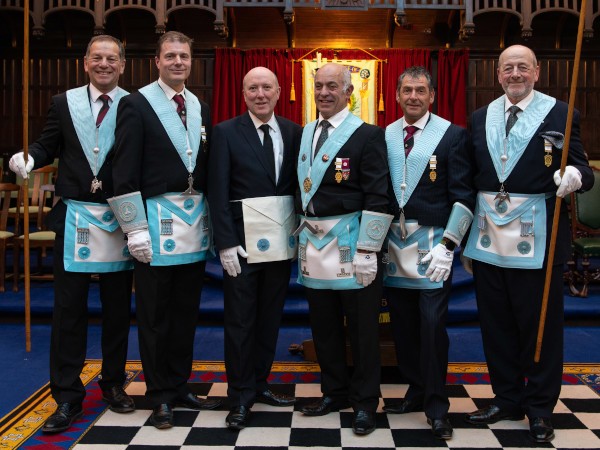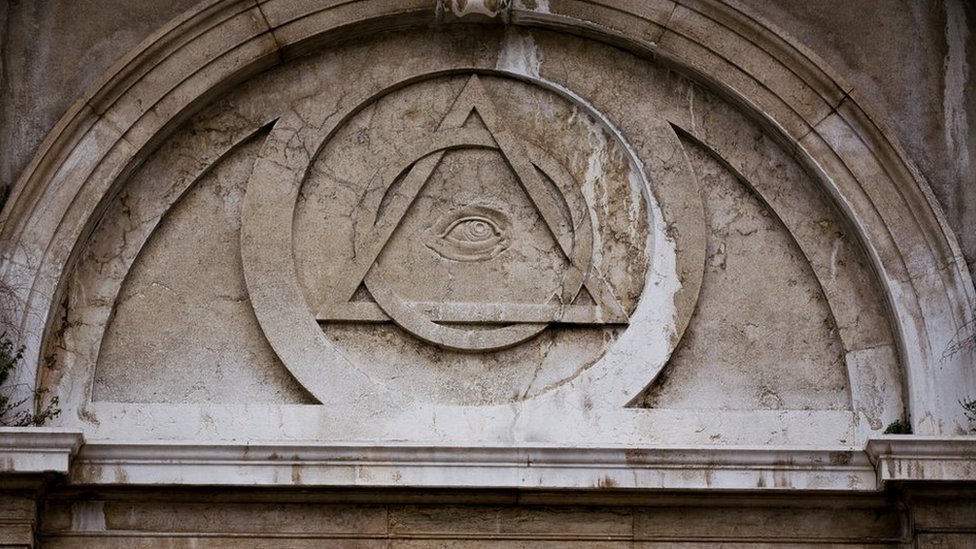A Complete Guide on How to Join a Masonic Lodge Locally
A Complete Guide on How to Join a Masonic Lodge Locally
Blog Article
Exploring the Mysteries of the Freemason: What You Need to Know
The Freemason, a term frequently shrouded in intrigue and debate, stands for a complicated tapestry of historical fact and contemporary misconception. Developed in the late 18th century, this secret society was at first rooted in the Knowledge's suitables yet has considering that ended up being identified with conspiracy theory concepts regarding elite control. As we browse the beginnings, crucial figures, and the plain comparison in between misconception and fact, one must take into consideration just how these stories influence contemporary understandings of power and secrecy. What may be exposed with a closer examination of these components can test long-held presumptions concerning the darkness that remain in our society.
Origins of the Freemason
The beginnings of the Freemason are steeped in a blend of historic intrigue and ideological fervor. Developed in 1776 in Ingolstadt, Bavaria, by Adam Weishaupt, the team was at first created as a secret society intended at promoting Knowledge ideals such as reason, secularism, and the separation of church and state. Weishaupt, a teacher of canon law, looked for to test the prevailing authority of the church and state, which he saw as oppressive establishments stifling intellectual and personal liberty.
The Freemason looked for to hire prominent members from numerous social industries, consisting of national politics, academic community, and the arts, to promote a network devoted to these Knowledge concepts. The society operated under a veil of privacy, using coded language and routines to secure its members from oppression, specifically given the repressive climate of the time. Nevertheless, the Freemason dealt with substantial resistance from both governmental authorities and spiritual institutions, which checked out the team as a danger to their power.
Trick Numbers and Participants
Who were the essential figures that formed the Freemason's very early impact and instructions? The Bavarian Freemason, established in 1776 by Adam Weishaupt, became a reaction to the oppressive societal structures of the time. how to become a freemason. Weishaupt, a law professor, envisioned the company as a method to promote Enlightenment ideals such as reason, secularism, and equality. His first recruitment efforts included influential intellectuals, such as Baron von Knigge, who played a critical duty in expanding the team's subscription and organizational structure.
An additional considerable number was Johann Gottlieb Fichte, a famous theorist whose concepts on nationalism and education and learning resonated with the Freemason's goals. Fichte was not a formal participant, his philosophical underpinnings influenced the team's belief. Additionally, numbers like the writer and thinker Johann Wolfgang von Goethe were related to the wider intellectual movements of the moment, although their direct participation with the Freemason stays discussed.
These vital figures added to the Freemason's very early instructions, pushing the boundaries of political and social idea, while their collective initiatives aimed to challenge established standards and promote a climate of dynamic modification in Europe.
Misconceptions vs. Truth
Lots of false impressions surround the Freemason, typically blending fact with fiction in a means that obscures its real nature. The concept that the Freemason proceeds to apply considerable influence over world events is a myth - how to become a freemason.
An additional widespread myth websites is that the Freemason makes up a network of elite individuals adjusting global affairs. Actually, several conspiracy theories exaggerate the group's relevance, connecting unfounded motives to societal patterns and events. This has caused an oversimplified sight of complicated issues.

Modern Analyses
Contemporary analyses of the Freemason commonly reflect wider societal stress and anxieties and an attraction with privacy and power. This modern-day lens regularly links the Freemason with conspiracy theory concepts that recommend a hidden elite orchestrates world events, adjusting governments and economic climates for their very own gain. Such narratives tap into an ingrained suspect of authority, particularly in times of crisis or social upheaval.

In addition, some modern interpretations mount the Freemason as an allegory for the intricacies of globalization and the interconnectedness of prominent individuals and organizations. This perspective motivates an important assessment of exactly how power dynamics run in today's globe, highlighting the equilibrium between transparency and secrecy in governance and corporate techniques.
Social Effect and Legacy
Influenced pop over to these guys by centuries of intrigue, the social effect and tradition of the Freemason extend far beyond its historic origins. This secret society, developed in the late 18th century, has actually penetrated numerous aspects of preferred culture, from literature and movie to songs and art. The concept of the Freemason has actually advanced into a symbol of conspiracy theory theories, typically representing a perceived surprise power controling the original source global occasions.
In literature, writers like Dan Brown have woven the Freemason right into detailed stories, fascinating readers with motifs of secrecy and power. Movies such as "National Prize" and "The Da Vinci Code" additionally perpetuate the attraction of the society, mixing fact with fiction to develop appealing narratives.
The Freemason's impact also expands into songs, with artists referencing the organization to stimulate styles of disobedience and social review. This portrayal has actually contributed to an attraction with the concept of clandestine groups regulating the bars of power, showing social stress and anxieties about authority and openness.
Inevitably, the Freemason's legacy is a complicated tapestry of misconception and reality, shaping assumptions of secrecy and control in modern discussion. Its enduring presence in culture emphasizes humanity's perennial pursuit for understanding covert facts.
Conclusion
The exploration of the Freemason discloses a complex interplay between historic realities and modern myth-making. Established in the Knowledge period, this society aimed to challenge oppressive frameworks, yet its heritage has actually been overshadowed by conspiracy concepts that recommend elite adjustment. Understanding the distinctions in between the initial perfects and modern interpretations is necessary for understanding the enduring fascination with the Freemason and its significant influence on cultural narratives surrounding power and secrecy in society.
Report this page